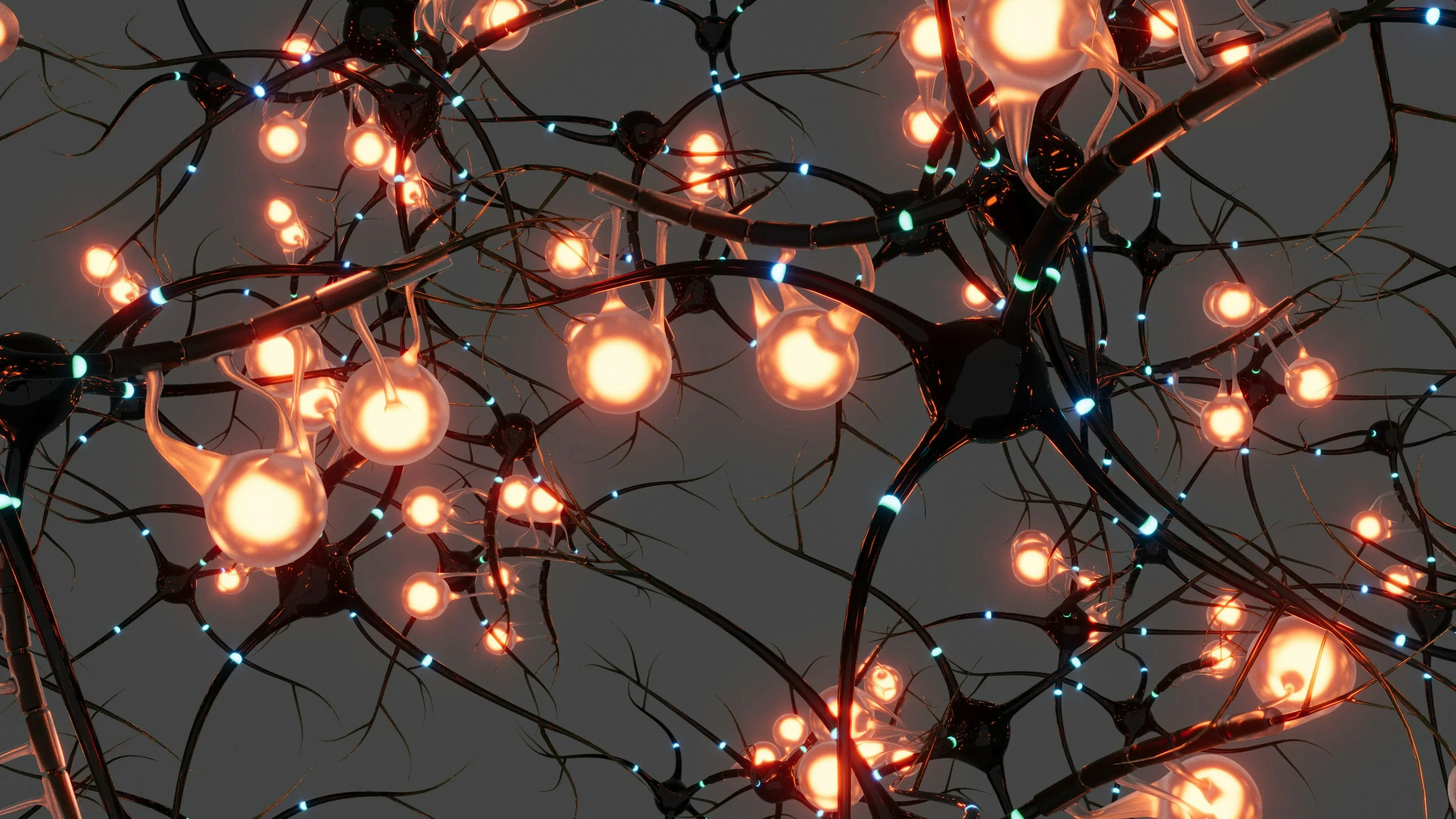Scientists Grow Over 400 Kinds of Human Nerve Cells in a Dish

In a breakthrough that rewrites what’s possible in neuroscience labs, researchers at ETH Zurich have successfully grown more than 400 different types of human nerve cells from stem cells, all inside a Petri dish.
That’s not just a new record. It’s a game-changer for brain research.
Using cutting-edge techniques in single-cell analysis and stem cell differentiation, the team created a laboratory model that mirrors the extraordinary complexity of the human nervous system, from motor neurons to sensory cells, interneurons to glial support cells.
“This is the most diverse nerve cell culture ever created,” the researchers said. And crucially, it’s human, not mouse or monkey, making it vastly more relevant for studying disorders like Alzheimer’s, autism, and epilepsy.
Until now, researchers relied heavily on animal models to study neurological diseases, even though these often fail to capture key features of the human brain. This new approach opens the door to ethical, accurate, and scalable disease modeling using human-derived cells.
Each of the 400+ cell types plays a unique role in our brain’s function, from processing sound and light to controlling muscle movement and memory. By recreating them in vitro, scientists can now observe how they form, interact, and malfunction under disease conditions.
It’s also a major win for precision medicine. In the future, researchers could use stem cells from individual patients to grow their own unique neural cultures, helping to test drugs, predict responses, or uncover personalized treatment strategies, without ever needing an invasive biopsy or lab animal.
The team hopes their method will lead to new ways of studying developmental disorders, neurodegeneration, and even the effects of environmental toxins on brain cells.
And beyond medicine, it’s a peek into what makes us human. Because inside each dish, arranged in silent networks of branching cells, is a tiny mirror of our own minds, growing, firing, and waiting to reveal their secrets.